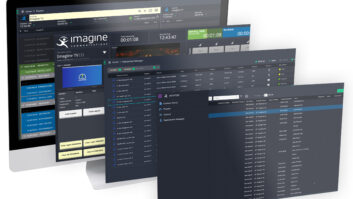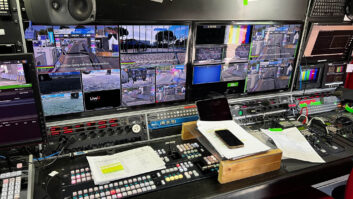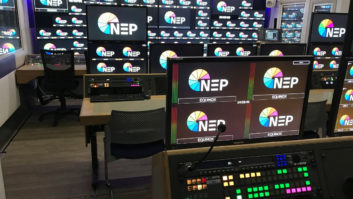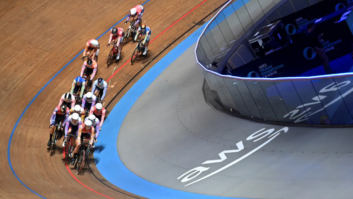Cycling is great exercise – a fun, cardiovascular workout that’s low-impact, eliminating the joint stresses that other types of exercise can induce. Unfortunately for many riders, cycling is a seasonal sport, limited to warm-weather months when the roads are clear and dry and well-lit.
Indoor cycling has become a popular alternative, providing a safe, always-available outlet for peddlers. That said, riding on a stationary bike can be less than stimulating when done alone.
New York-based company Peloton (from the French term that refers to the main group of riders in a race) has tried to enhance the indoor cycling experience by streaming high-energy, instructor-led indoor cycling classes to its stationary bike riders across the country, all in the comfort and convenience of their own homes.
Riders who are taking on-demand classes can compare their relative performance at every point during their ride to all of the other riders
With a custom bike, designed and manufactured by Peloton, the company offers up to 14 hours of live classes every day and over 4,000 on-demand classes, enabling members to follow live instructors from their home gym, take scenic rides and interact with other riders in real time. The classes themselves are streamed live to Peloton bikes across the country.
Bicycle broadcast
A typical Peloton workout lasts 45 minutes, with 20, 30, 60, 90 and 120 minute options as well. Inside of the Peloton studio in Chelsea, NYC, the instructor leading the class is captured by four Panasonic AW-HE130 pan/tilt/zoom cameras, one mounted on a permanently installed Telemetrics TeleGlide track system hung from the ceiling that helps it capture the instructor with smooth dolly-style camera motions that cover 180 degrees around the main instructor stage.
The studio itself measures about 1,200 square feet and is under the control of a Telemetrics Remote Camera Control Panel (RCCP-1), an integrated control surface that enables unified command over camera robotics and shading. Fifty-seven Peloton cycles are located in the New York facility for use by riders who attend the sessions in person. A live video production control room is equipped with a Tricaster production switcher from Newtek and a Telemetrics RCCP-1 robotic camera control system.
The RCCP-1 allows the Peloton staff to easily control all four cameras. Switching from camera to camera—point of view to point of view—is a simple button press, and all the physical controls allow a single operator to easily frame shots, including sweeping, smooth camera moves.
“The Telemetrics track system makes our class content much more dynamic,” said Nicholas Gismondi, manager of production operations at Peloton. “It enables us to do sweeping shots of our instructors as they teach, leading to dramatic and inspirational moments that make for great workouts.”

Bicycle delivery
An Akamai CDN service is used for delivering the live and on-demand video classes while an Elemental Technologies video server is used to prep the classes for on-demand adaptive bit rate streaming. Each Peloton bike is equipped with a 22-inch HD video screen powered by Android software. A pair of three-watt speakers and a 3.5 mm headphone jack or Bluetooth delivers stereo audio.
A key aspect of the Peloton experience is interactivity, both between the instructor and participants as well as between participants themselves. The progress of each rider is displayed in real time on a leaderboard that provides data for the instructor to use for coaching individual participants, giving them performance feedback or encouragement. Participants can video chat with each other using a video chat system that is integrated into the Peloton platform.
Riders who are taking on-demand classes can compare their relative performance at every point during their ride to all of the other riders who have taken that same ride before, including their own previous performance.
Gismondi said the Telemetrics system has been very reliable and is regularly maintained by Telemetrics engineers via an ongoing service contract to keep it in top form.
“We have the TG4 TeleGlide system cleaned and looked at by Telemetrics every six months or so, but it has never broken down or presented any problems,” he said. “The TeleGlide track system is an integral part of our studio. Taking care of it and making sure it lasts is very important to us. Who better to service it than the people wh







